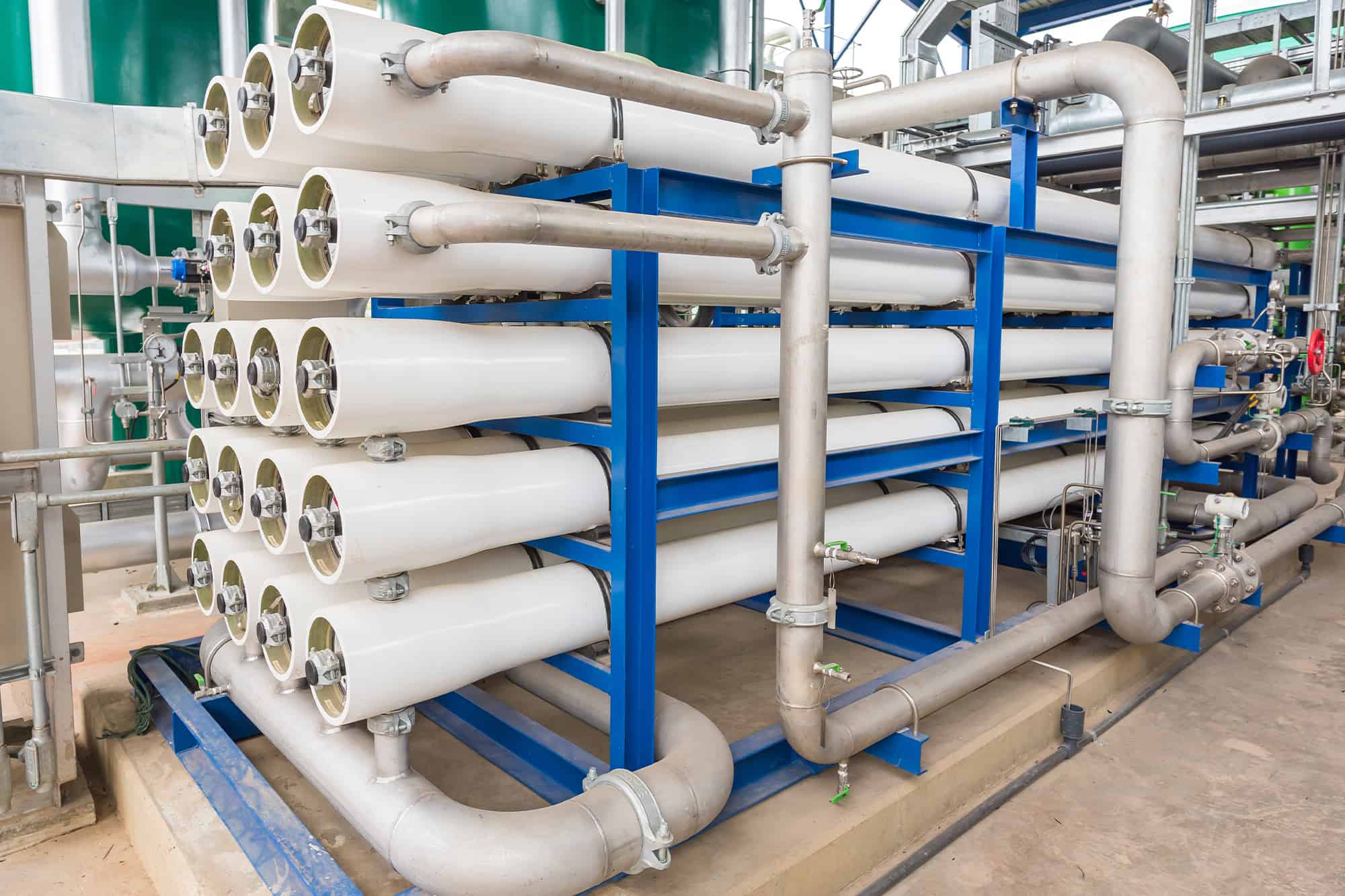BioNET Technology
BioNET® reactor is filled with porous compressible carries and offers a large surface area for interception of suspended solids and growth of microorganisms.
BioNET® shows great capabilities for removal of ammonia nitrogen and dissolved organic (COD) from polluted water sources and wastewater.
It is a promising technology for pre-treatment of raw water or tertiary treatment of wastewater because of its advantageous characteristics. Among them are longer biomass retention time, high capability of solid retaining, diversity of microbial populations, and shorter hydraulic retention time.
Features
- Low space requirement
- Low operating cost – power, waste sludge and chemicals
- High biomass concentration
- High capability of solid retaining
- Diversity of microbial populations
- Shorter hydraulic retention time
- High oxygen utilization efficiency
- Simple operation and maintenance
- Microorganism control
Application
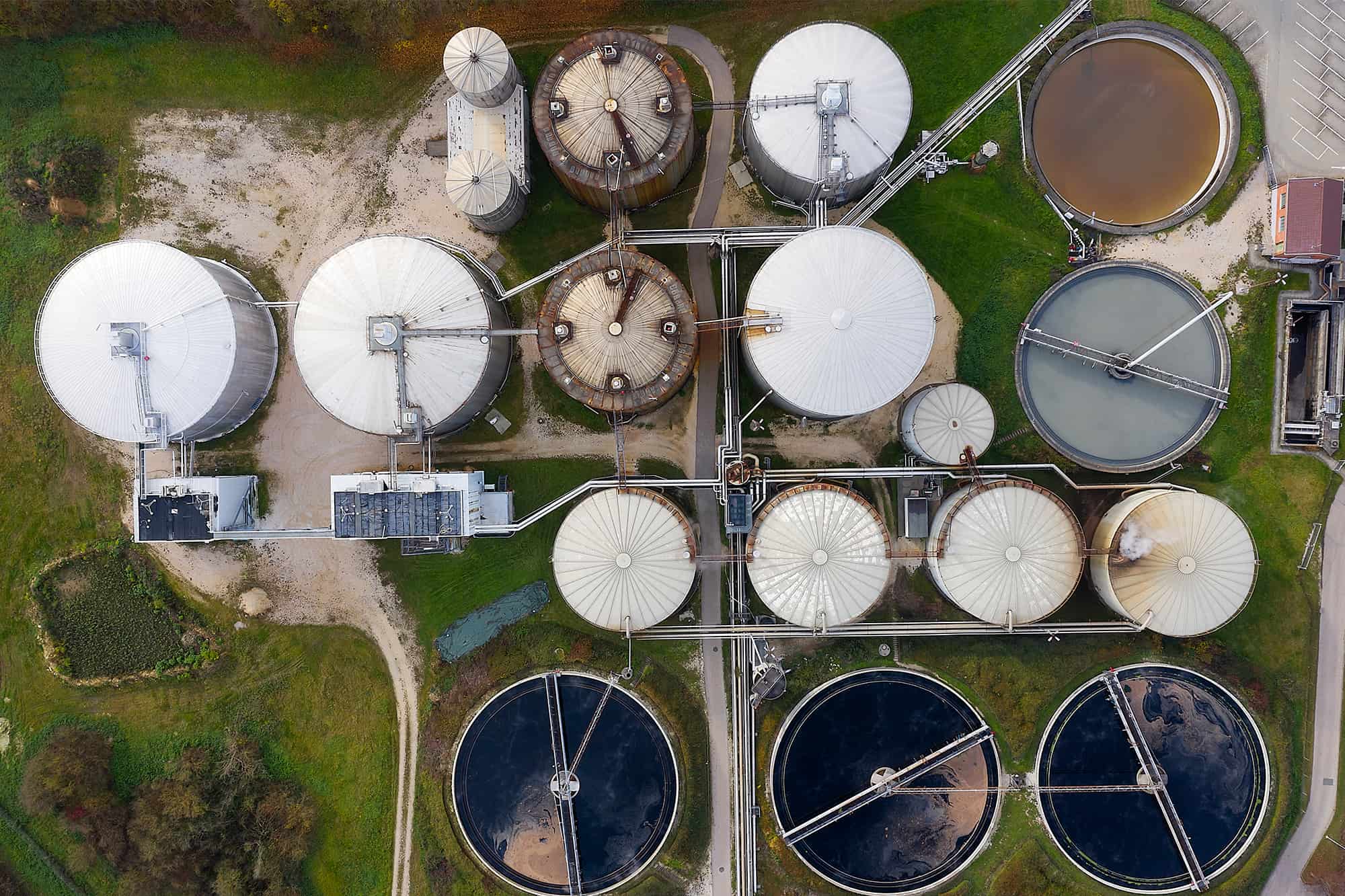
Treatment of low-strength wastewater as polisher
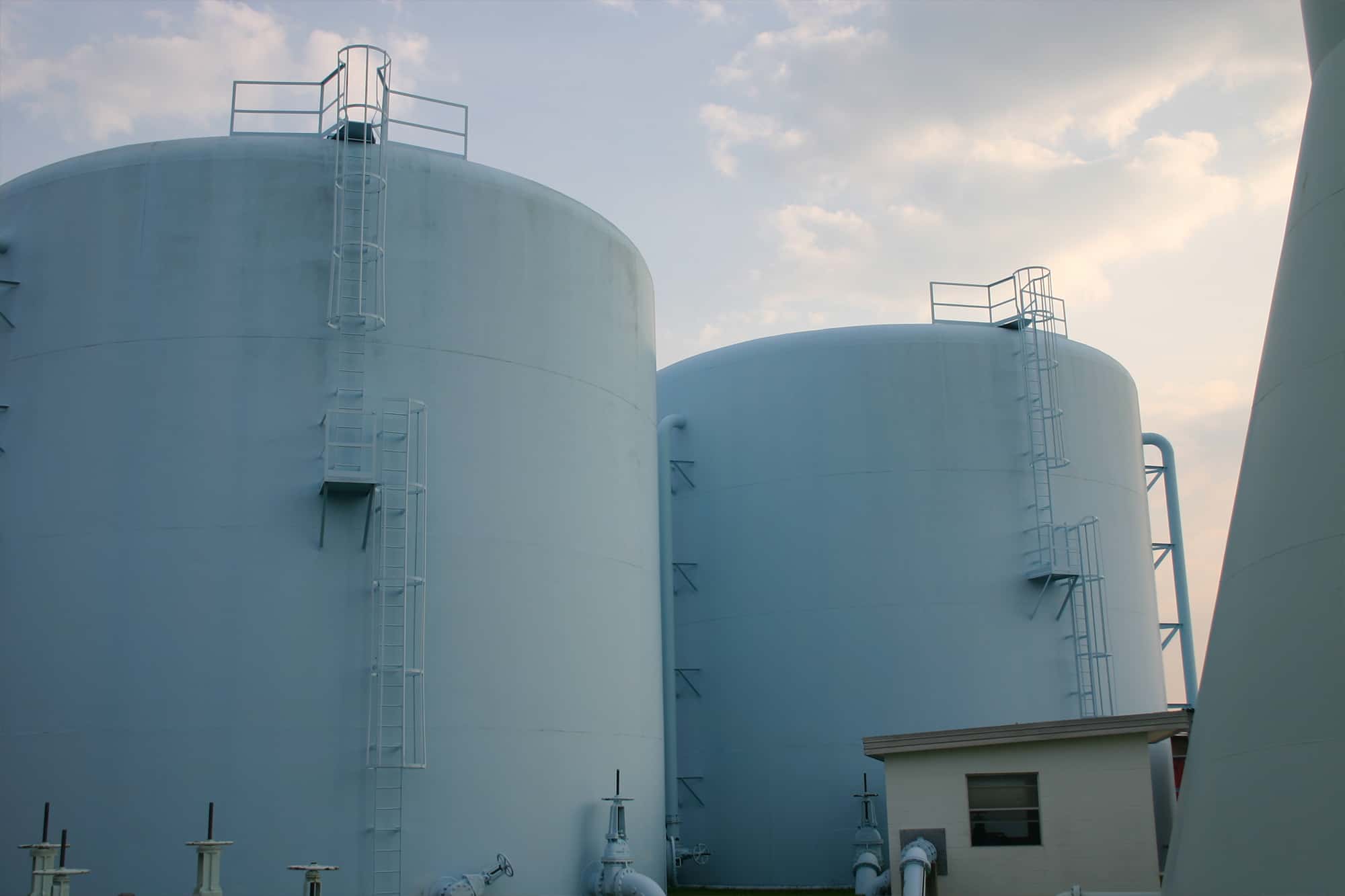
Tertiary treatment without chemical and sludge (after secondary treatment)
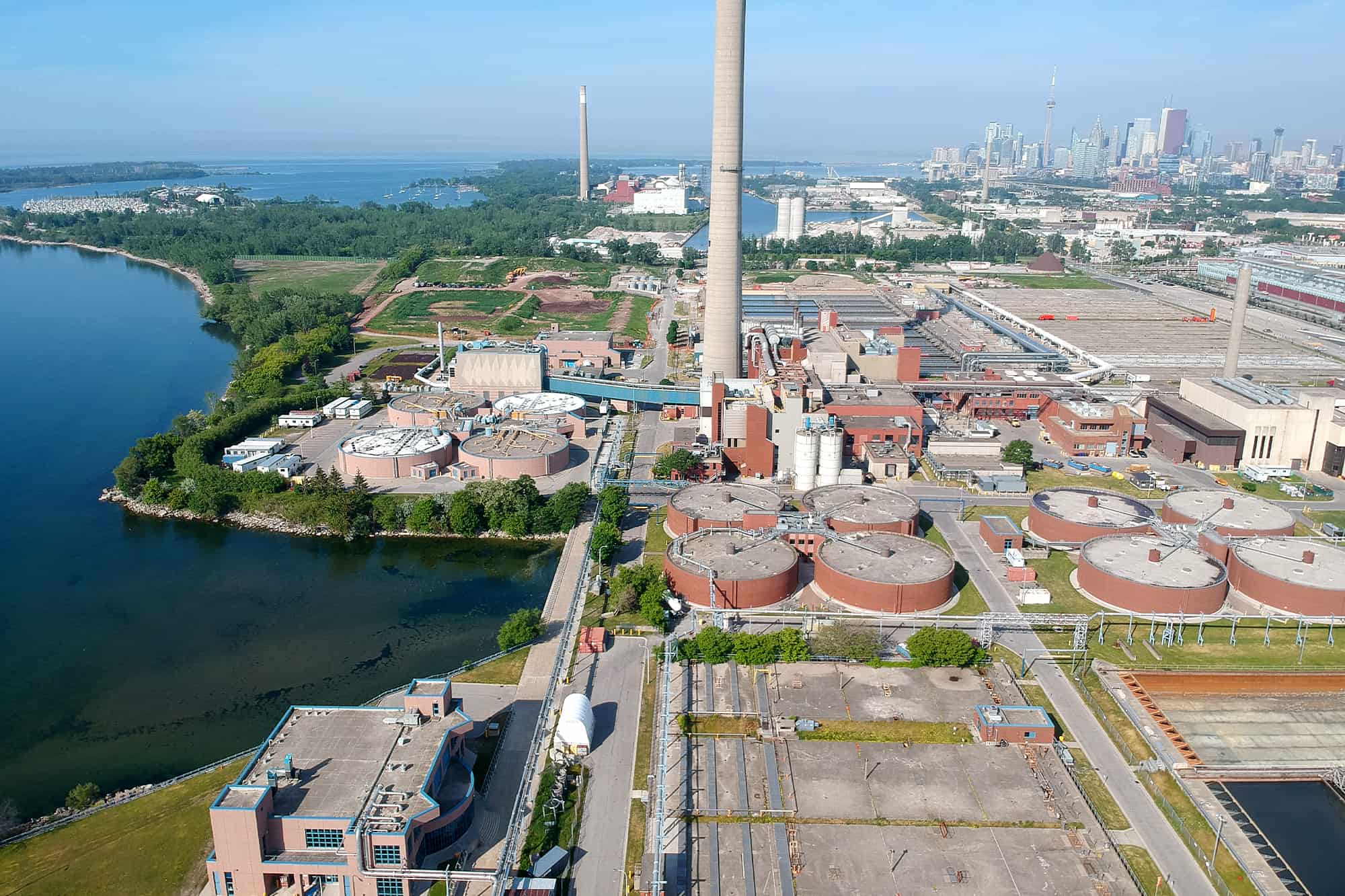
Pre-treatment of raw water to remove ammonia and dissolved organics from contaminated water source

Remediation of surface water and groundwater to remove ammonia and dissolved organics
Chemical Oxidation (Fenton Process)
Fenton (FBR-Fenton) Process
The Fenton fluidized bed reactor is a type of chemical reactor used for the treatment of contaminated water and wastewater. It is based on the Fenton reaction, which involves the oxidation of organic compounds using hydrogen peroxide and a catalyst, typically iron.
In a Fenton fluidized bed reactor, contaminated water is passed through a bed of small particles, such as sand or activated carbon, that are fluidized by the flow of water. The bed is then mixed with hydrogen peroxide and a catalyst, which react with the contaminants to form harmless byproducts.
The fluidized bed provides a large surface area for contact between the contaminated water and the catalyst, increasing the efficiency of the reaction. It also provides excellent mixing, which allows for uniform treatment of the entire volume of water passing through the reactor.
Features
- FBR-Fenton produces iron sludge 70% less than the conventional Fenton process.
- Enhanced pollutant biodegradation rate
- Color removal
- Low capital investment
- Small footprint
- Easy process control

Industrial Application

COD Reduction
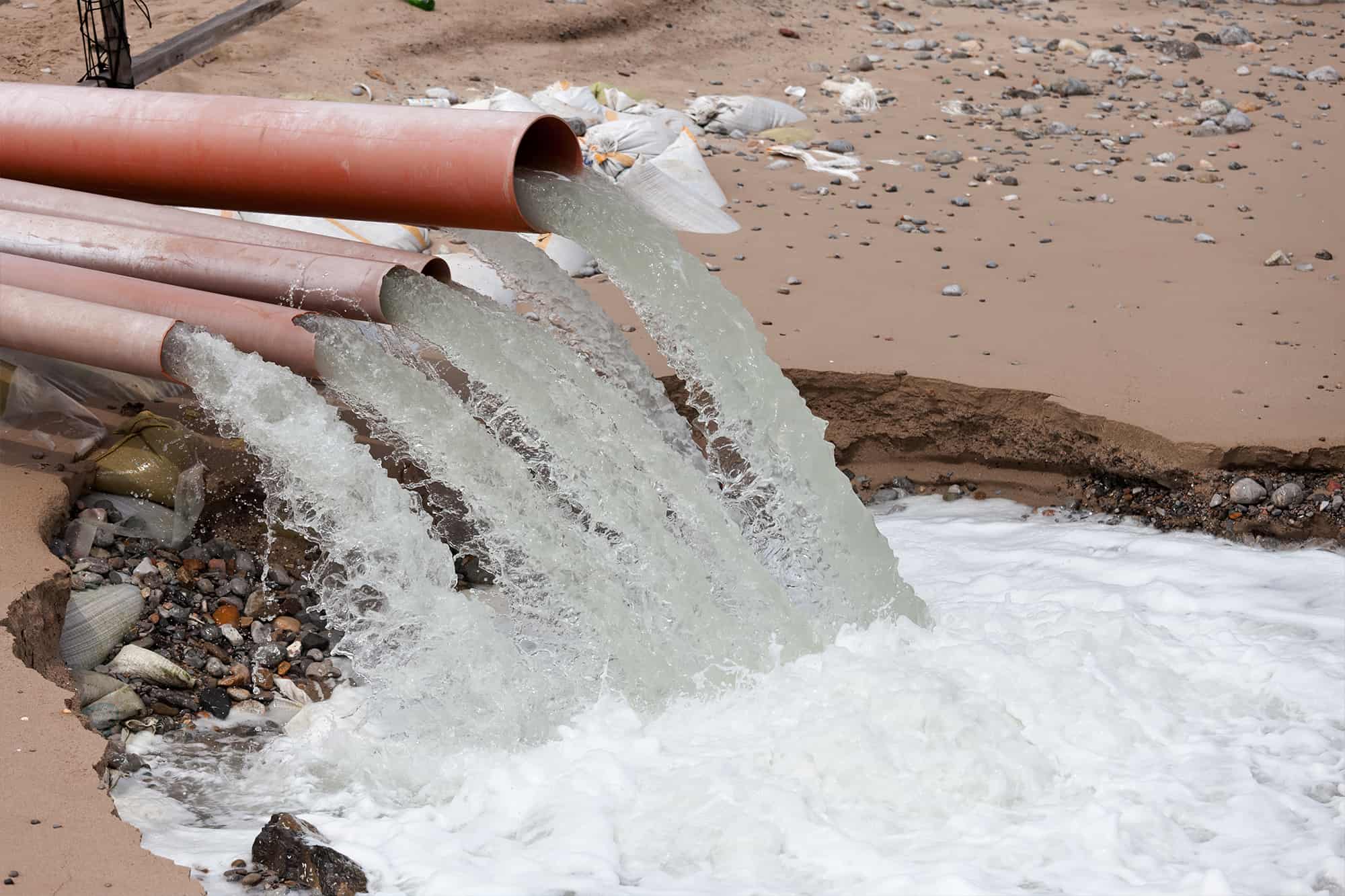
Specific pollutant destruction

Sludge Treatment
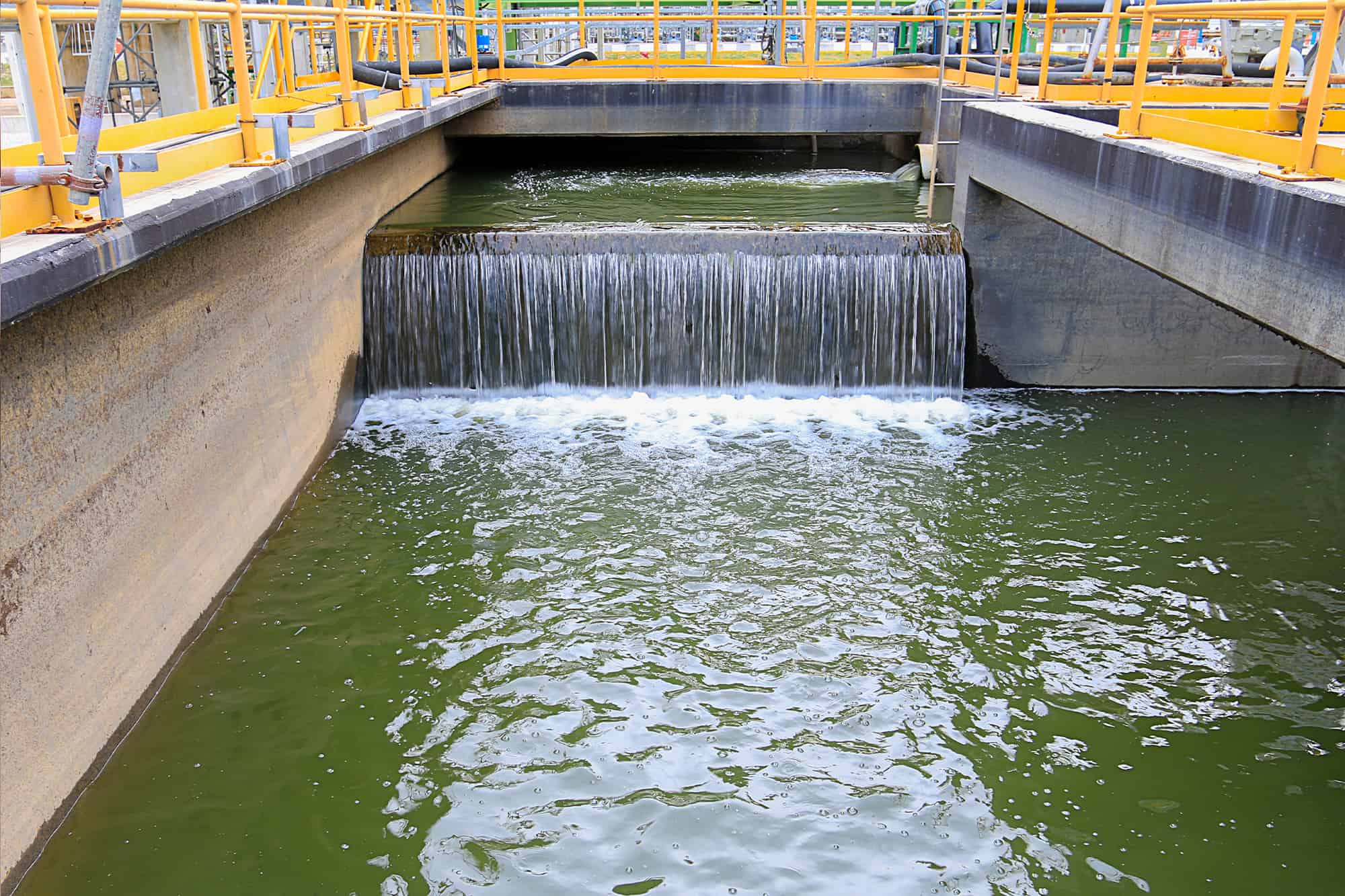
Colour and Odour Reduction

Refractory organic wastewater treatment
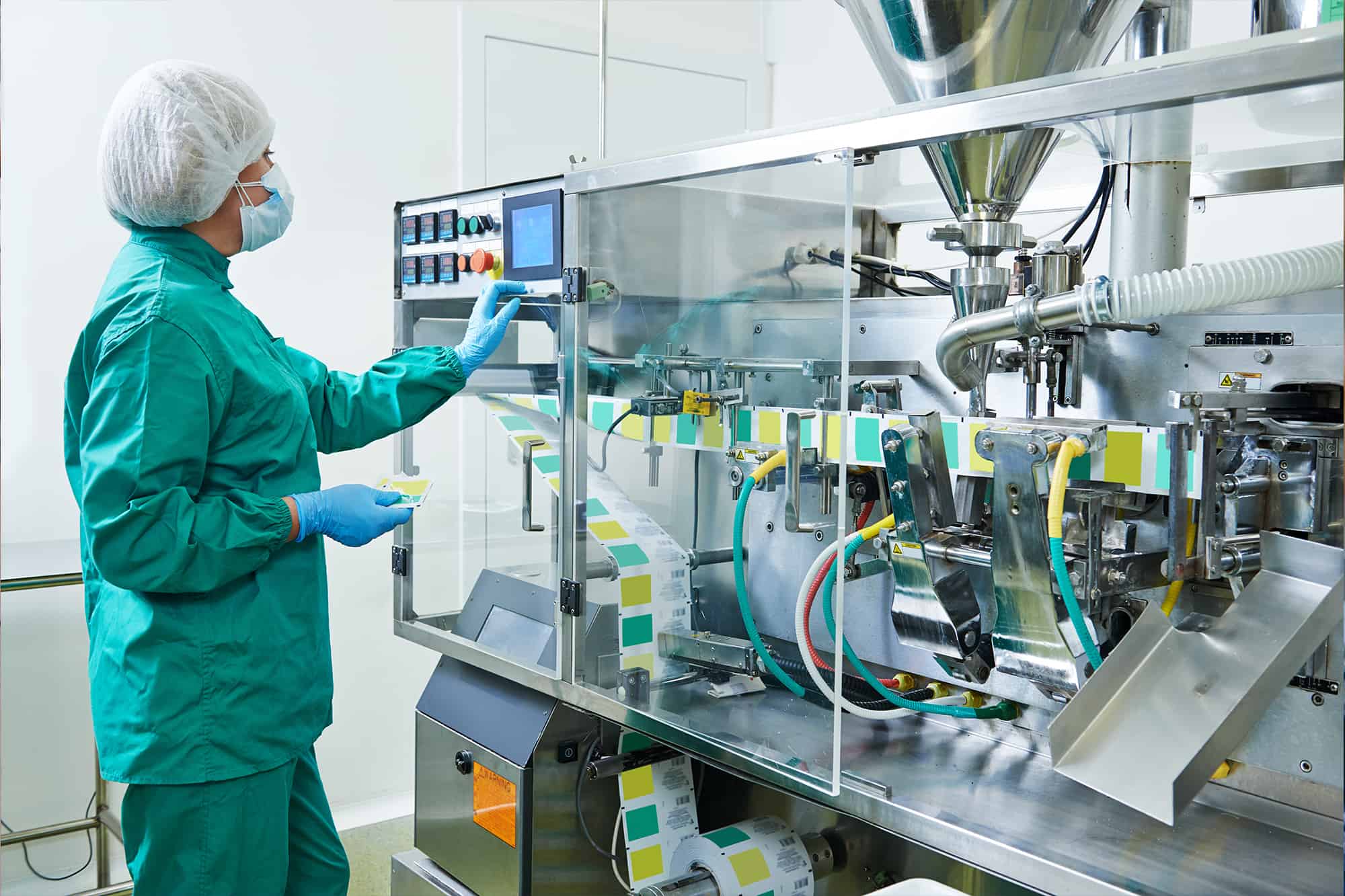
Pharmaceutical wastewater
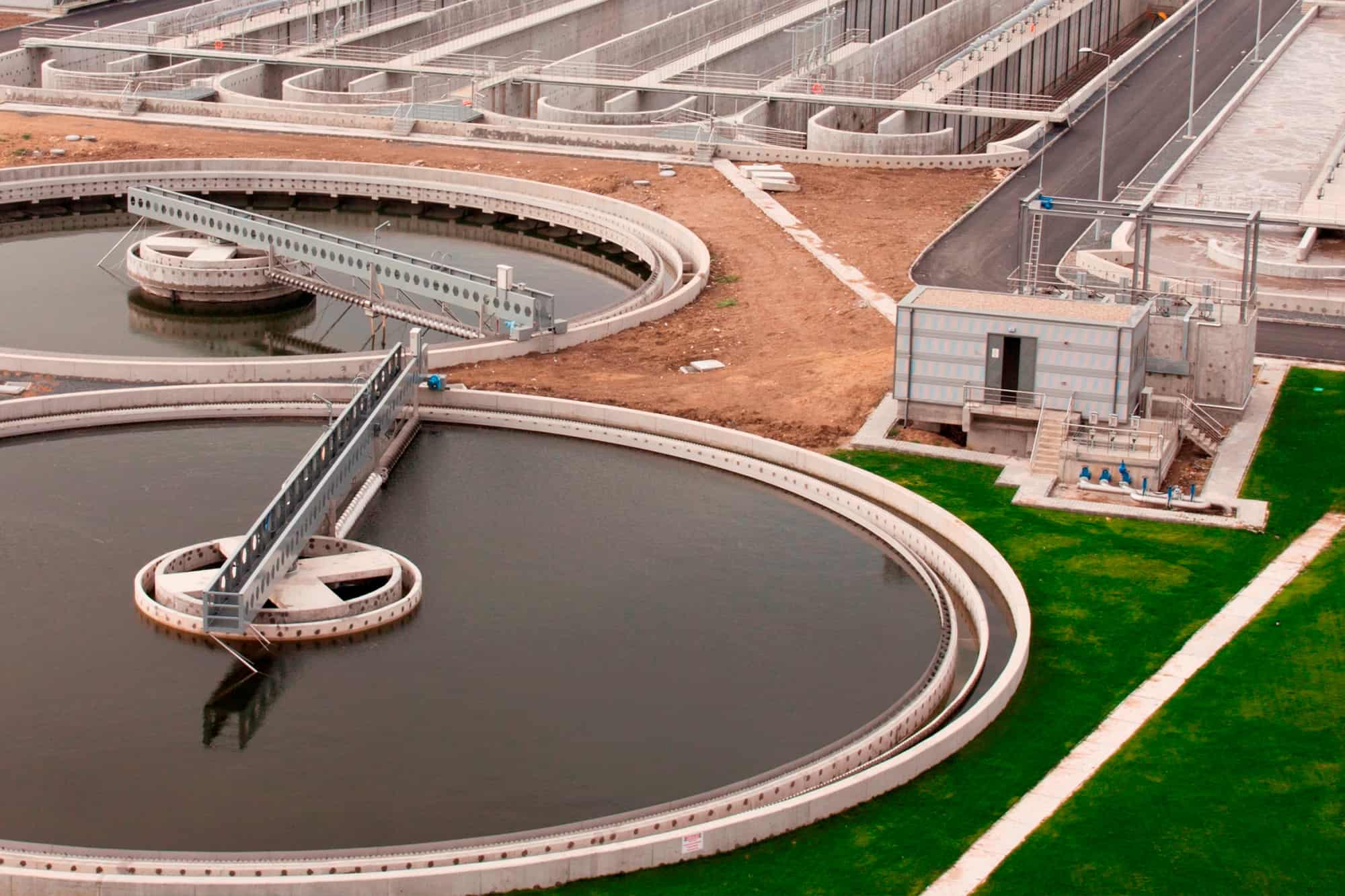
Refractory wastewater

Deep colored wastewater
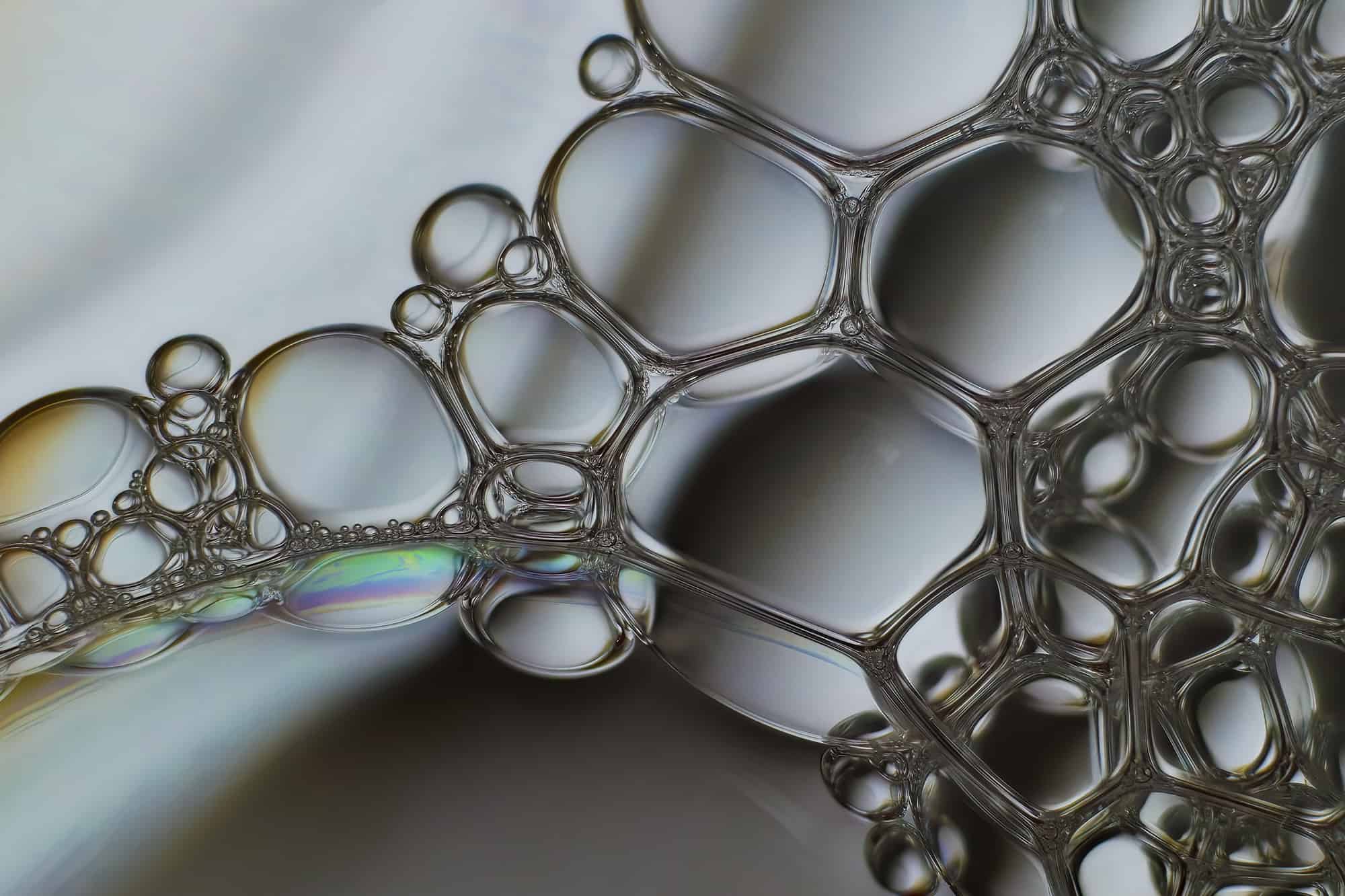
Surfactant containing wastewater
Suitable for surface finishing, dyeing, PET fiber, PCB, electronics and semiconductor industries
Fluidized Bed Crystallization (FBC)
Fluidized bed crystallization (FBC) uses silica sand as carrier to recover metal salts or inorganic ions from wastewater in crystal forms. Properly controlled recycle flow provides mixing to maintain sand fluidization. Control of chemical reagent addition provides appropriate super- saturation for crystal formation. Crystals are discharged when the size is grown to 1 to 2 mm in diameter.
Features
- Remove inorganic ions from wastewater
- Reduce sludge production by 75%
- Recover valuable resources in crystal form

Industrial Application
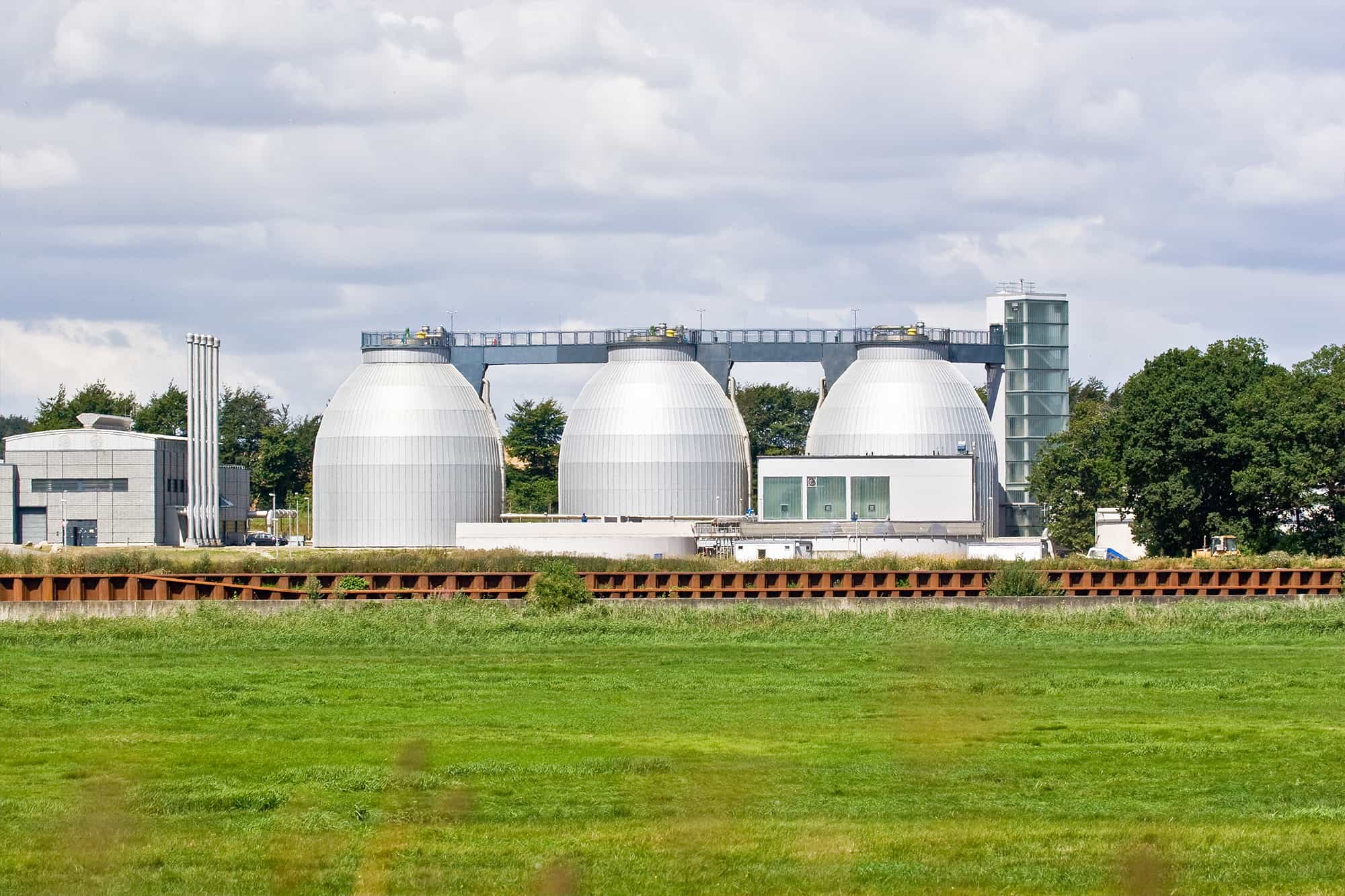
Fluoride-containing wastewater
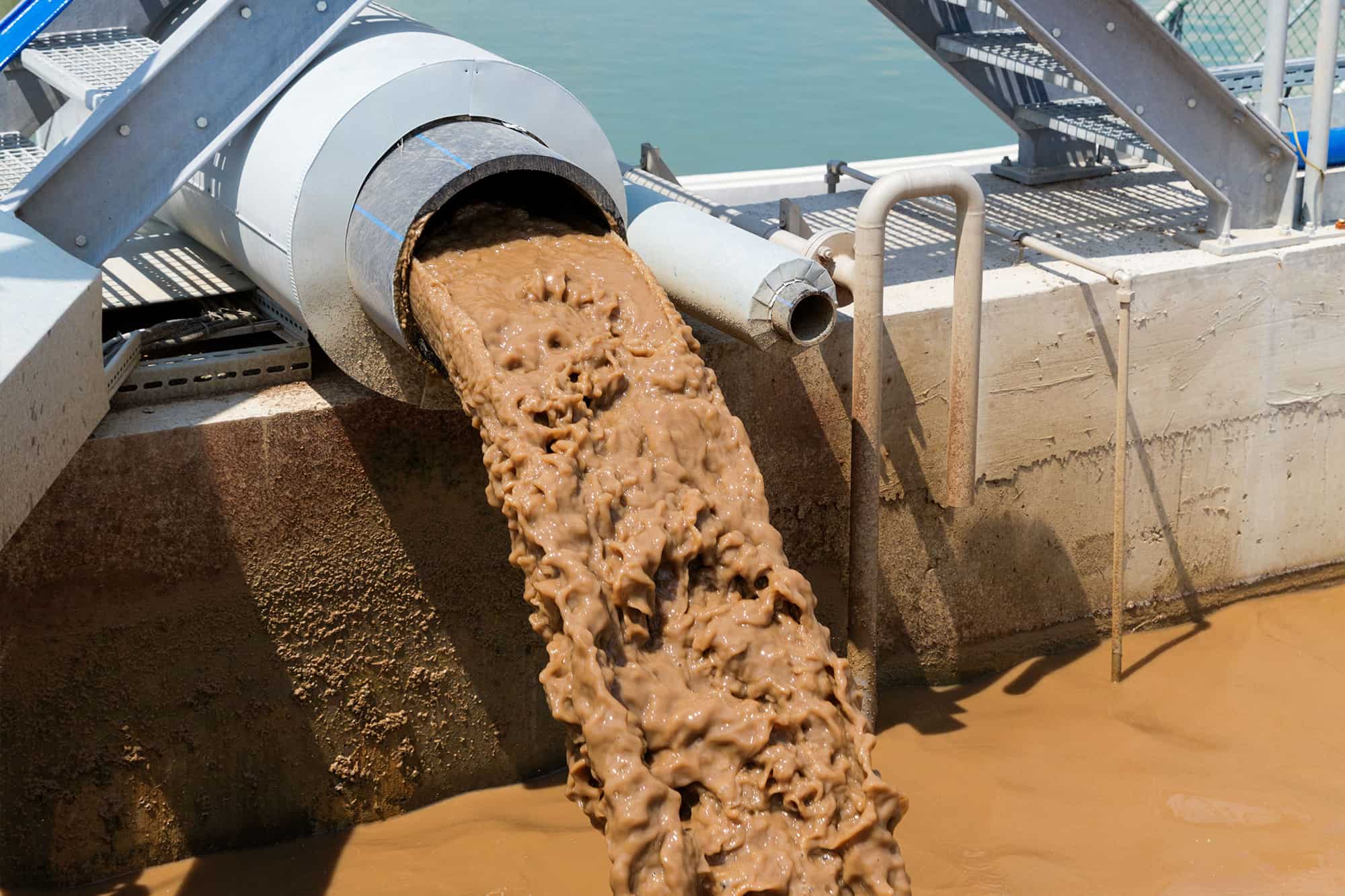
Arsenic-containing wastewater

Water softening

Phosphate / ammonium removal

Heavy metal removal from wastewater
Electro Dialysis Reversal (EDR)

Electrodialysis is an advanced membrane technology process that utilizes ion movement to desalinate water. EDR can successfully remove ions from water and wastewater by applying a direct current and reversing the polarity of electrodes periodically.
Electric charge drives the ions to penetrate the anion or cation exchange membranes. EDR reverses the polarity of electrodes periodically to improve anti-scaling and antifouling property, and also extends the life of ion exchange membranes.
EDR is a more rugged system in comparison to RO and can treat influent with SDI of 10 times higher. It has the flexibility of pre-treatment using normal, micro, or ultra-filtration.
Applications include desalination of RO concentrate, treatment of cooling tower condensate, groundwater and wastewater recycling and reuse.
Features
- Soften hard water without chemical
- Remove sodium chloride, calcium, magnesium, sulphate and nitrate
- More forgiving than RO; can treat influent with SD1 10 times higher
- Flexibility of pre-treatment using normal, micro or ultra-filtration
- High water recovery rate
- High desalination efficiency
- Easy process control of flow rate, voltage and current

Application
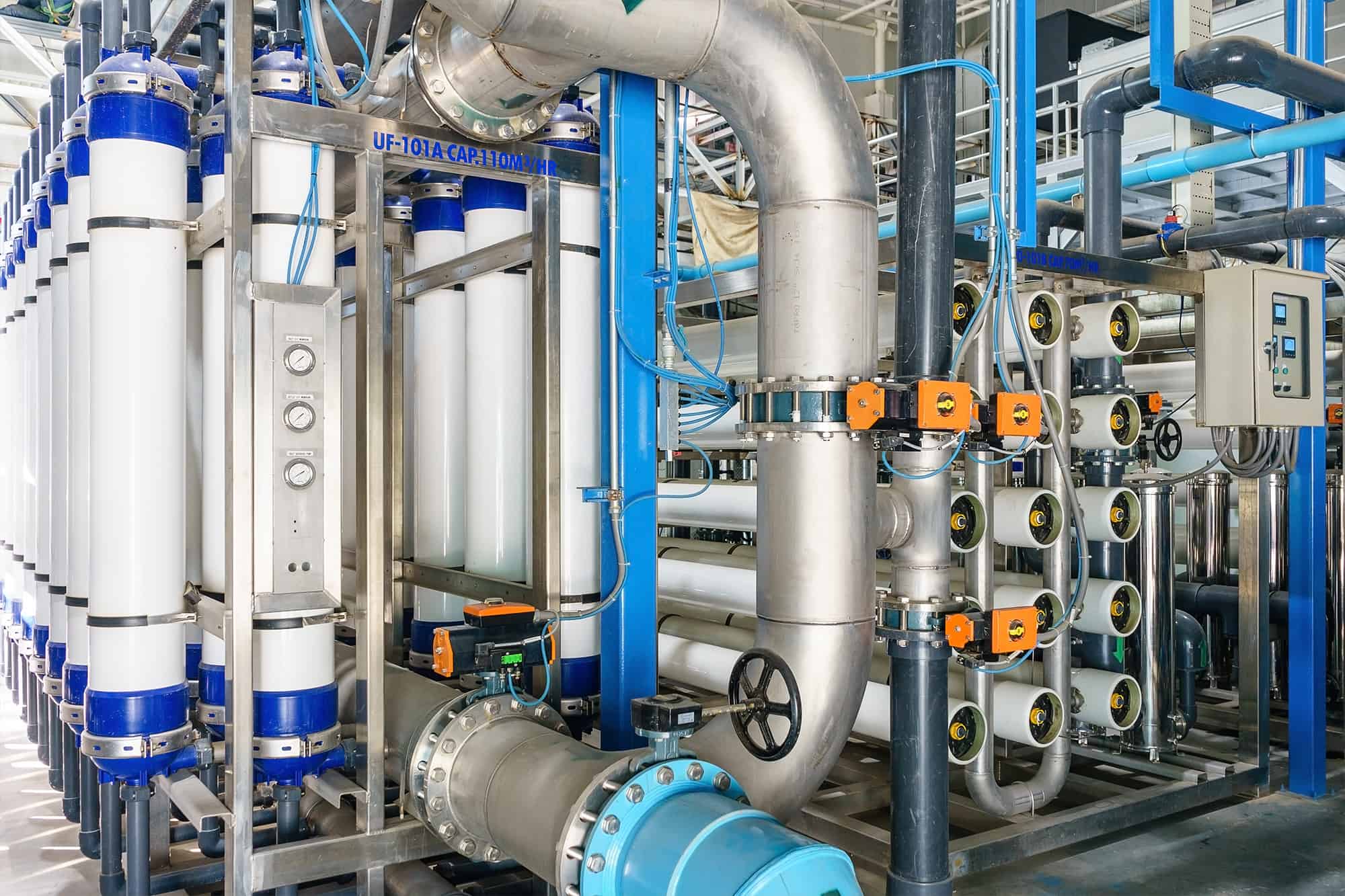
Desalination of RO concentrate

Cooling tower condensate

Salty groundwater

City water
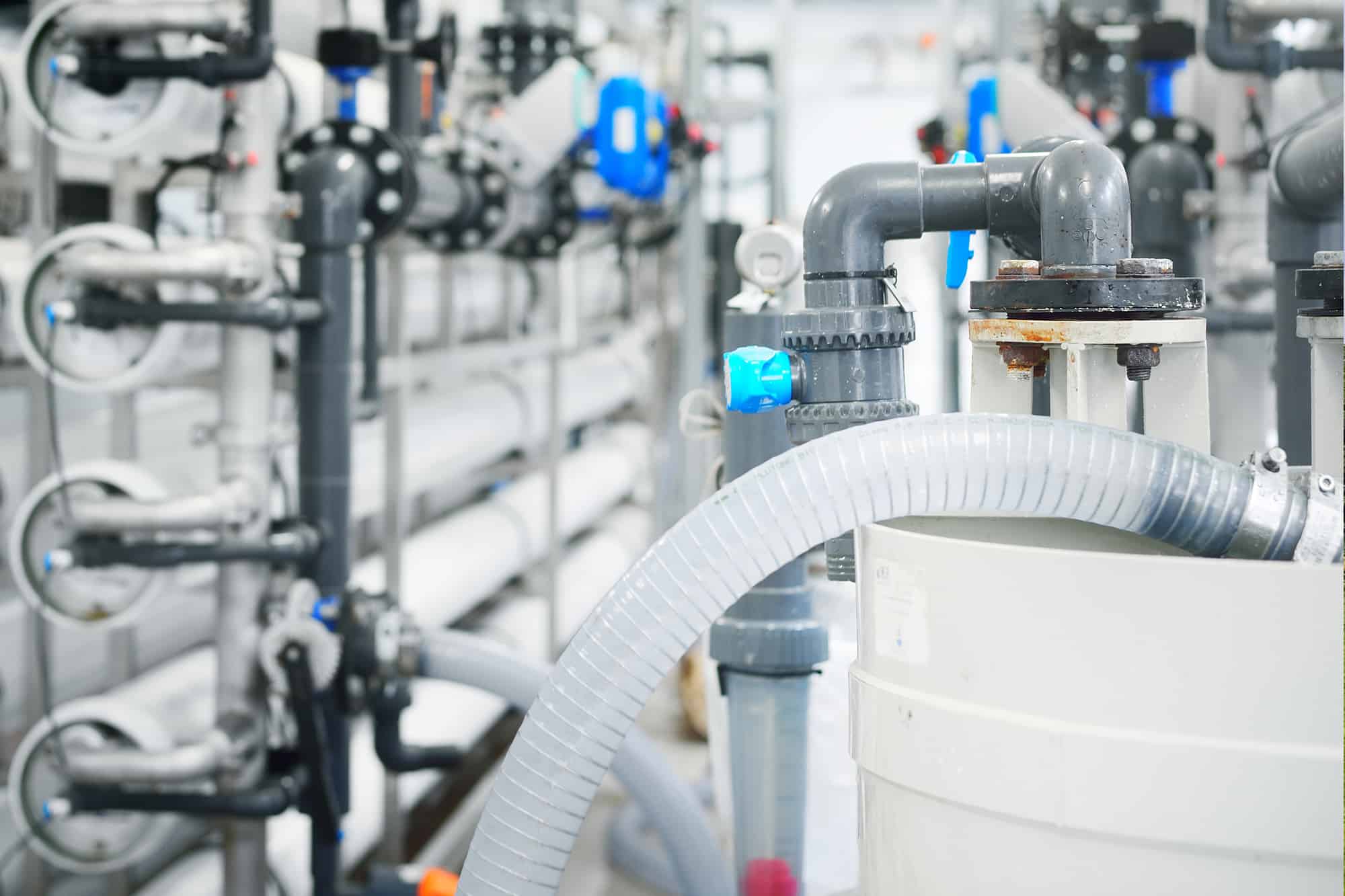
Wastewater recycling and reuse
